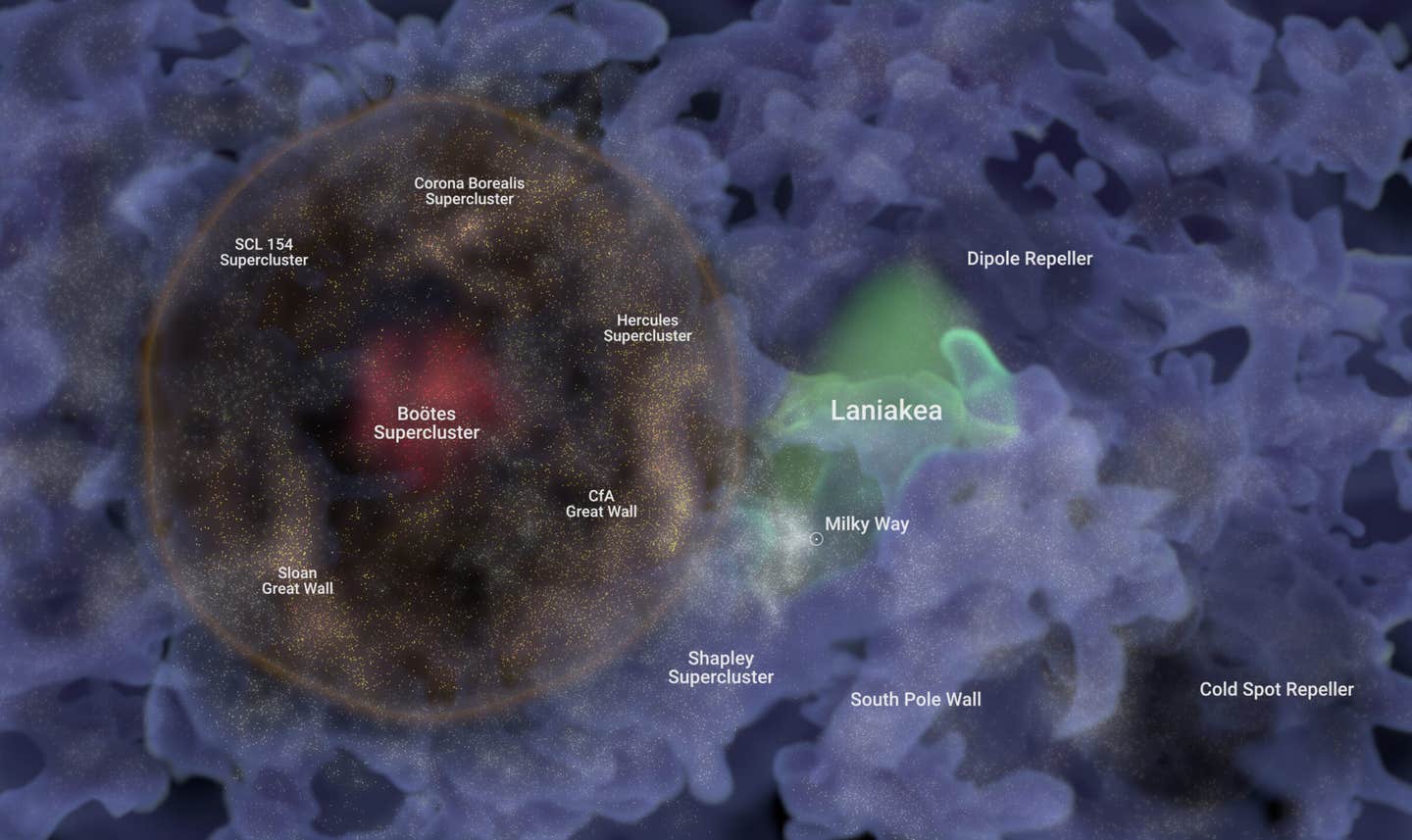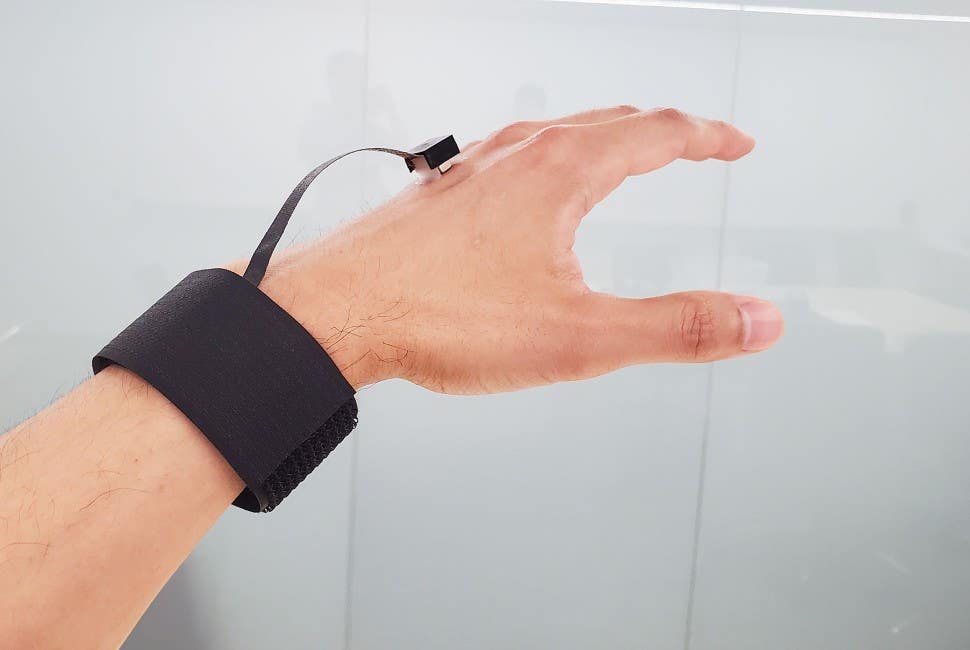Gamechanging protein can regenerate damaged heart muscle and other organs
A protein instrumental in neuron creation also functions to transform scar tissue cells into heart muscle cells, UNC researchers found.

[May 7, 2023: Staff Writer, The Brighter Side of News]
Scientists at the UNC School of Medicine have made a significant advance in the promising field of cellular reprogramming and organ regeneration. (CREDIT: Shutterstock)
A protein instrumental in neuron creation also functions to transform scar tissue cells into heart muscle cells, particularly when combined with another protein, as revealed by a study spearheaded by Dr. Li Qian at the UNC School of Medicine.
Researchers at the UNC School of Medicine have achieved a notable breakthrough in the burgeoning domain of cellular reprogramming and organ regeneration. This discovery holds the potential to greatly impact future medical treatments aimed at repairing injured hearts.
In a research article featured in Cell Stem Cell, researchers from the University of North Carolina at Chapel Hill unveiled a more effective and simplified approach to transform scar tissue cells (fibroblasts) into healthy heart muscle cells (cardiomyocytes).
Fibroblasts are responsible for generating the rigid, fibrous tissue that plays a role in heart failure following a heart attack or due to heart disease. The conversion of fibroblasts into cardiomyocytes is being explored as a potential future tactic to treat or possibly even cure this prevalent and life-threatening ailment.
Related Stories
Unexpectedly, the pivotal component of the innovative cardiomyocyte production method was found to be a gene activity-regulating protein named Ascl1. This protein is recognized for its essential role in transforming fibroblasts into neurons. Previously, it was believed that Ascl1 was exclusively specific to neurons.
“It’s an outside-the-box finding, and we expect it to be useful in developing future cardiac therapies and potentially other kinds of therapeutic cellular reprogramming,” said study senior author Li Qian, PhD, associate professor in the UNC Department of Pathology and Lab Medicine and associate director of the McAllister Heart Institute at UNC School of Medicine.
Over the past decade and a half, researchers have devised numerous approaches to transform adult cells into stem cells, and subsequently, induce these stem cells to develop into different types of adult cells. Lately, scientists have been exploring more direct methods for this reprogramming process, converting one mature cell type to another.
Human fibroblasts reprogrammed into cardiomyocyte-like cells. Immunofluorescence shows different molecules: DNA (blue), cardiac Troponin T (orange) and αActinin (green). (CREDIT: UNC Health)
The ultimate goal is to ensure that these techniques become as safe, effective, and efficient as possible, enabling medical professionals to administer a straightforward injection to patients. This injection would then have the potential to reprogram harmful cells into advantageous ones.
“Reprogramming fibroblasts has long been one of the important goals in the field,” Qian said. “Fibroblast over-activity underlies many major diseases and conditions including heart failure, chronic obstructive pulmonary disease, liver disease, kidney disease, and the scar-like brain damage that occurs after strokes.”
Ascl1 and Mef2c induce cardiac reprogramming with high efficiency and maturity. (CREDIT: UNC Health)
The team led by Qian, with co-first-authors Haofei Wang, a postdoctoral researcher, and Benjamin Keepers, an MD/PhD student, employed three established methods to transform mouse fibroblasts into cardiomyocytes, hepatocytes, and neurons. The primary objective of this study was to inventory and evaluate the variations in cellular gene activity patterns and the regulatory factors influencing gene activity during these three unique conversion processes.
To their surprise, the scientists discovered that the conversion of fibroblasts into neurons triggered a group of cardiomyocyte genes. They soon realized that this activation was a result of Ascl1, one of the key "transcription factor" proteins responsible for creating neurons.
From left: Haofei Wang, PhD, Li Qian, PhD, and Benjamin Keepers, who won an Art in Science prize in 2021. (CREDIT: UNC Health)
Given that Ascl1 activated cardiomyocyte genes, the researchers decided to include it in their three-transcription-factor mix, which they had been using to generate cardiomyocytes, to observe the outcome. They were amazed to find that incorporating Ascl1 significantly enhanced the reprogramming efficiency - the percentage of cells that were successfully reprogrammed - by over tenfold. Moreover, they discovered that they could now eliminate two of the three factors from their initial concoction, keeping only Ascl1 and another transcription factor known as Mef2c.
Researchers further discovered evidence indicating that Ascl1 alone activates genes for both neurons and cardiomyocytes. However, when paired with Mef2c, it deviates from its pro-neuron function. Together, Ascl1 and Mef2c work in harmony to activate a wide range of cardiomyocyte genes.
“Ascl1 and Mef2c work together to exert pro-cardiomyocyte effects that neither factor alone exerts, making for a potent reprogramming cocktail,” Qian said.
These findings demonstrate that the primary transcription factors involved in direct cell reprogramming are not strictly limited to a single target cell type.
Additionally, this research signifies an important advancement towards potential cell-reprogramming treatments for severe disorders. Qian and her team aspire to develop a dual-purpose synthetic protein, incorporating the functional components of both Ascl1 and Mef2c. This protein could be administered to damaged hearts in order to repair them.
“Cross-lineage Potential of Ascl1 Uncovered by Comparing Diverse Reprogramming Regulatomes” was co-authored by Haofei Wang, Benjamin Keepers, Yunzhe Qian, Yifang Xie, Marazzano Colon, Jiandong Liu, and Li Qian.
Funding was provided by the American Heart Association and the National Institutes of Health (T32HL069768, F30HL154659, R35HL155656, R01HL139976, R01HL139880).
Note: Materials provided above by The Brighter Side of News. Content may be edited for style and length.
Like these kind of feel good stories? Get the Brighter Side of News' newsletter.
Joseph Shavit
Head Science News Writer | Communicating Innovation & Discovery
Based in Los Angeles, Joseph Shavit is an accomplished science journalist, head science news writer and co-founder at The Brighter Side of News, where he translates cutting-edge discoveries into compelling stories for a broad audience. With a strong background spanning science, business, product management, media leadership, and entrepreneurship, Joseph brings a unique perspective to science communication. His expertise allows him to uncover the intersection of technological advancements and market potential, shedding light on how groundbreaking research evolves into transformative products and industries.



